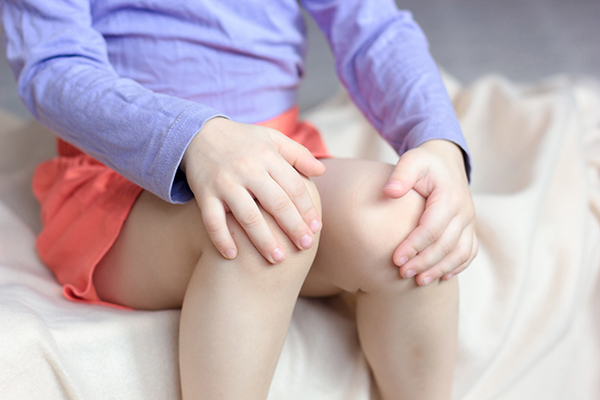October 26th, 2018

As a parent, you pay close attention to every milestone your child should be reaching. From speaking to eating certain foods, it’s important that your child learns and grows properly. Along with developmental milestones, there are orthopedic conditions to be aware of. While most of these conditions are mild and easy to resolve, early intervention is key. These are a few of the most common pediatric conditions that your orthopedic foot surgeon in Atlanta wants you to be aware of.
Flat Feet
Did you know that most babies are born with flat feet? Flat feet typically disappear by age six as arches develop. In some children, these arches never fully develop. The most common side effect of flat feet is that the foot rolls inward. Some blame this on weak ankles, but in fact it’s due to little arch support. Flat feet are typically hereditary. While some believe that wearing specific shoes early on in life may prevent the development of flat feet, there’s no evidence to support this. Flat feet don’t typically cause problems, but like most things there can be exceptions. If discomfort occurs, treatment may be recommended. Special arch supported shoes may reduce the amount of pain felt, though the condition may not fully resolve itself.

Bowlegs
Some children develop bowlegs early on in life. Pediatric bowlegs are a condition in which the legs curve outward at an extreme angle while the feet are together. While it’s common for babies to have an exaggerated bending in the legs and knees, most of the time it corrects itself. If bow leggedness worsens or continues past the age of two, it could be an indication of a larger problem and worth a visit to a physician. Rickets and Blount disease often contribute to bow-leggedness. Rickets is a disease caused by insufficient vitamin D in the body. Typically adding more calcium and vitamin D to the diet can rectify the bowleg condition. In rare cases, bow-leggedness is caused by Blount disease. This condition affects the growth plates of bones in the leg. While the cause is unknown, surgery may be required in order to correct it.
Knock Knees
It’s completely normal for children to display knock knees when young. Pediatric knock knees are a condition where a standing child of normal weight will experience knees touching while ankles do not. Abnormal walking gait may also be an indication of a knock knee condition. As a child ages, knock knees tends to correct itself. For those severe cases that don’t, treatment is required. Braces, splints, and shoe inserts may help the knock knees to straighten out over time. However, there are instances when these devices don’t help to regain movement in the legs. If the child is still struggling to walk or run after the age of 10, an orthopedic surgery may be recommended to correct the problem.
If you suspect that your child is suffering from any of the above pediatric conditions, meet with a pediatric orthopedic specialist in Atlanta. After a careful examination, a treatment plan will be created to ensure the proper development and growth of your child.
Back






